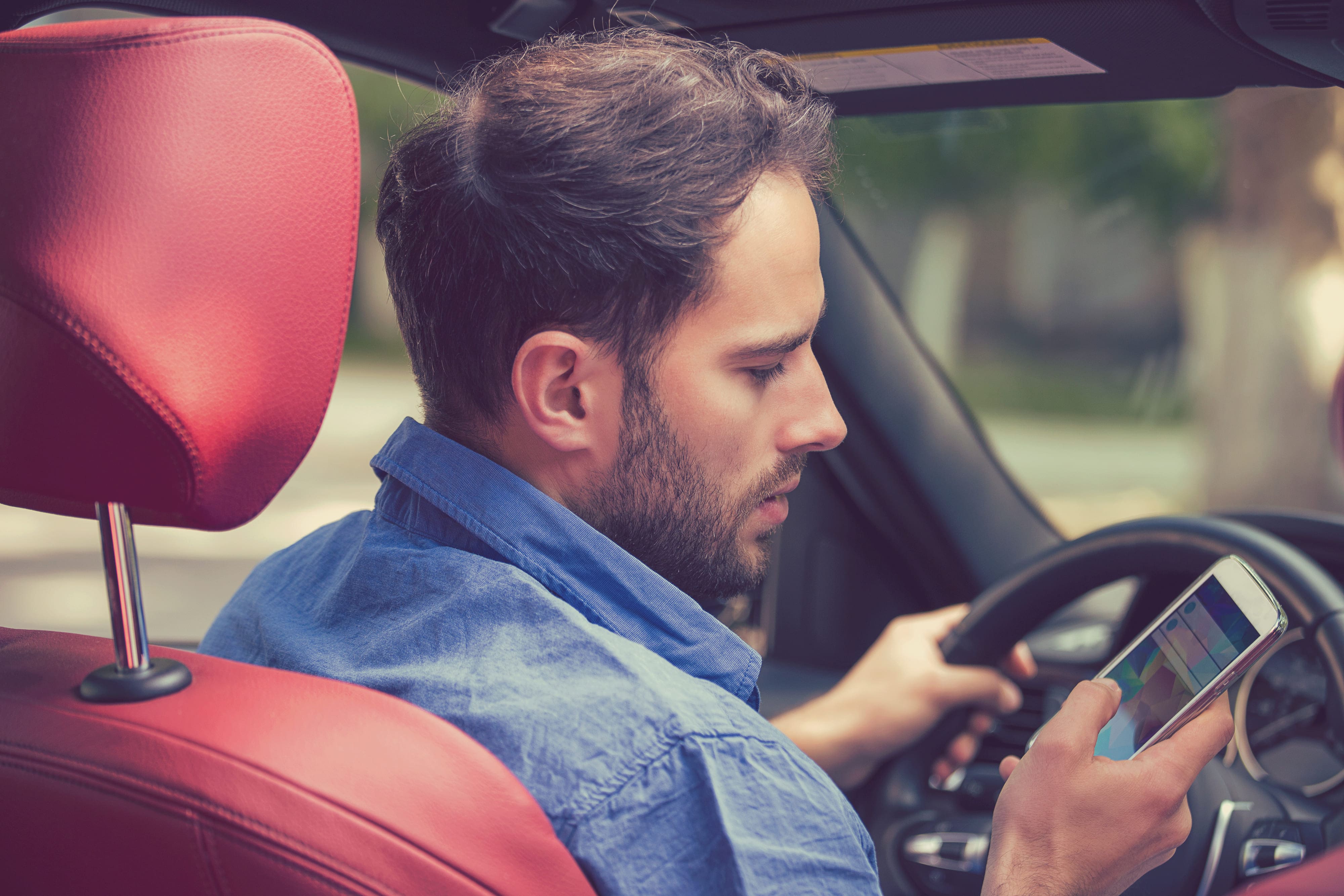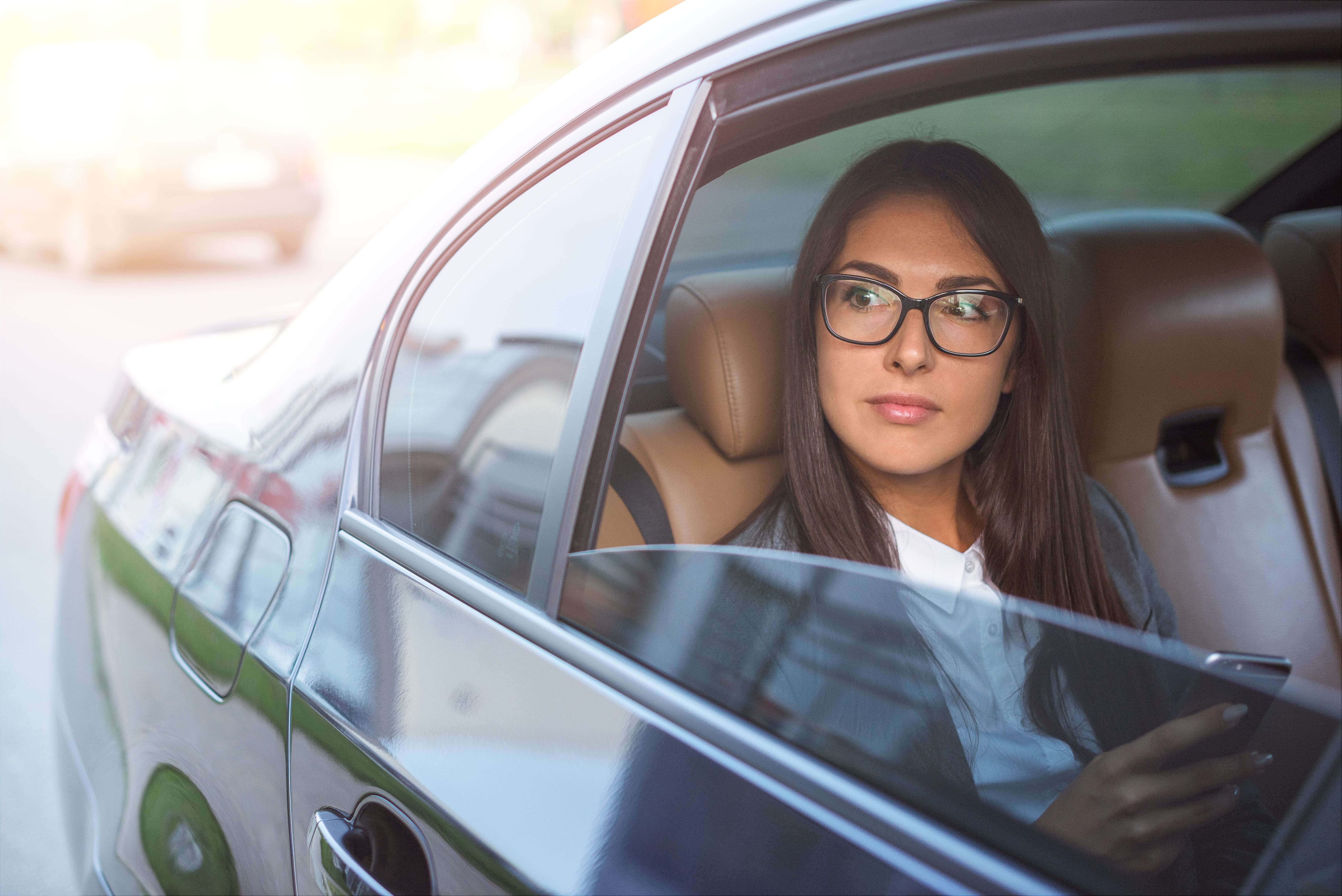About one child every 9 days in the US die yearly in hot cars from vehicular heatstroke: 90% of these victims are under 3 years old. While this is clearly a problem, it is one that is surrounded by stigma (“this could NEVER happen to me,” mentality). In fact, only 5% of parents receive any information about preventing infant death by vehicular heatstroke, compared to 90% of parents receiving information on SIDS from pediatricians. And yet, everyone is at risk.
In our latest Affectiva Asks podcast, we interviewed Karen Osorio, Senior R&D Scientist at Procter and Gamble, and President + Co-Founder of Bag in The Back, an organization with the mission to increase awareness to parents and caregivers about the dangers of vehicular heatstroke.
During our discussion, Karen explains the psychology behind the prevalence of autopilot moments and false memories. Both are brain processing errors that are common and unpreventable. Karen was kind enough to share her story with us on why she founded this organization, and what they are striving to do to drive down these statistics in children’s deaths.

To start, tell us about your organization, Bag in the Back, and its mission?
Bag in the Back is a program that we have established as a part of the Sophia Foundation of Children's Safety. The mission that we're hoping to achieve is to educate the community by creating habits that can prevent injuries in children. The one that we're working towards is the Bag in the Back method, which outlines preventative habits so that children less likely to be left unknowingly in the car to prevent heat stroke.
What has your career path been and how did you get where you are today?
My career path is a little bit different from the Foundation. I am a molecular biologist and geneticist by training, my PhD was on skin health. I ended up working for P&G, which is a consumer goods company that offers a variety of products. One of them is a line of skin care products, where I do research on skin care.
This organization obviously is very personal to you. Can you share your story with us?
Yes. I had a daughter named Sophia, and she died through vehicular heat stroke. When this happened, there were many questions that I had. One of them is why I didn't know that I was at risk, so I started looking for information. I looked at the baby books to make sure that I hadn’t missed it. My realization was that there is not much awareness around preventing vehicular heat stroke for children. When you try and figure out why, I found that it is not commonly talked about by pediatricians and caregivers.
When I started my journey to heal, I wanted to do something to create awareness for the community on this safety threat. We started by asking people to understand how many parents are actually aware of this infant threat, and found that approximately 50% of parents have some awareness. We also asked how many parents are doing something about it, and found that at least 50% of the parents aren't doing anything to prevent it.
When you compare this with SIDS, another infant threat that is highly talked about by the pediatricians and in the baby books. Approximately 90%-95% of parents know about SIDS and more than 70% are taking preventative action. So we wanted to try to do something similar for vehicular heat stroke.
What kind of problem are we dealing with here?
Back in the '90s there was a change in the law that required putting the children in the back of the car, because there was a high number of children that were dying in car accidents. In addition to that, children that are under the age of two were required to be rear-facing in the backseat. With that change, there was a reduction in the number of children that were dying by car accidents, but there was an increase in the incidence of children that were dying by vehicular heat stroke.
When you start looking at vehicular heatstroke and why it happens, the majority of the parents are not doing it intentionally. They have a false memory or a moment of amnesia, where they thought that they did something that actually didn't happen. It is more common than the reported number of deaths because many of the children that are left in the car sometimes are found within the 15 minutes, 30 minutes, two hours. Some of them do end up in the hospital. Children are also more at risk during the summer season when the climate is about 70 degrees outside.

You mentioned some contributing factors like autopilot moments and false memories, on your website. Can you explain more about what those are?
An autopilot moment starts when you are in a routine (such as in the morning or during your day) and you just do things automatically. For example, you brush your teeth, you make coffee, you cook breakfast, then you enter the car and then you go to work. Then when there is a change in that routine, the person that assumes they did something when it actually did not happen.
Autopilot moments can happen when you are driving on the highway and you miss an exit. Or you thought that you sent an email when it never happened. Or if you thought that you closed the garage door when you didn’t. Then you usually get a reminder of an autopilot moment when you come home and see the garage door open or when you pass your exit or when your colleague says you never sent the email.
In the cases of vehicular heatstroke, some parents have reported that there was a change in routine. This could be as simple as the father took the child to daycare the day before, grandma lived in the house for a couple of months, or going on vacation.
False memories, on the other hand, have to do with how people visualize things - sometimes in the form of checklist of what they need to do on any given day. Similar to autopilot moments, people sometimes assume something happened when it didn’t, even though it happened very vividly on their mind. False memories are actually quite common: it could be that you saw yourself dropping off your child at daycare and talked to the teacher, when it never happened.
It represents another reason why parents leave children unknowingly in the car.
Let's talk prevention, tell us about the Bag in the Back method. How does it work and how can caregivers implement it?
The Bag in the Back message consists of putting an item of daily use in the back of the seat, so that it will force you to go in the car in order to retrieve it. If you enter into an autopilot moment or a false memory, you are going to always be forced to open the back door and look. For example, if a person uses their cell phone every day within 30 minutes of leaving the car, then that should be the item that is on the back seat. We have heard that as a result of doing this, parents have thankfully opened the door and saw their child there.
When you think about it, there are many habits that parents practice on a daily basis to prevent injury for their children. There are rear-facing car seats, placing infants to sleep on their back with nothing else in their crib, prevent choking by cutting up or squeezing food. The Bag in the Back method is just adding another layer of protection to the parent or caregiver in case that their memory fails them.
What challenges is your organization, Bag in the Back, currently facing?
The challenge of our message is that it comes with a lot of stigma. A lot of parents cannot conceive of this happening, and think, "This could never happen to me. What type of parent would leave a child in the car?" What we would like to achieve is to have a community that is more receptive in thinking this could happen to them, and at least adopt the habit just in case. But it's a difficult message to communicate.
If you could have one take away for the audience listening today, many of whom I'm sure have young children in their lives, what would you like to tell them?
I would like to encourage them to read a little bit more about vehicular heat stroke, and what they can do to prevent it. I believe that adopting the Bag in the Back habit is a must for all parents. There are other things that they can also do in addition to Bag in the Back, such as talking to daycare and requesting a phone call if they have not shown up with their child.
Do you have any asks of them, or how they can help?
Talking about it. I think that my ask for the community would be to talk to your partner, the grandparents and to your other children in the house. Vehicular heat stroke doesn’t discriminate to whom it is going to happen: it happens to every caregiver, school, the babysitter, mom, dad, grandparents, older sisters and brothers. So, having a discussion that this is something to be aware of is imperative, as well as discussing habits of prevention.
For our readers, can you let us know where they can go to learn more?
Our website is www.bagintheback.org, and we are distributing pamphlets and flyers in pediatrician offices, schoos, and daycares. I encourage you to look up, download, and share these assets wherever you can.


.png?width=526&name=image%20(6).png)




